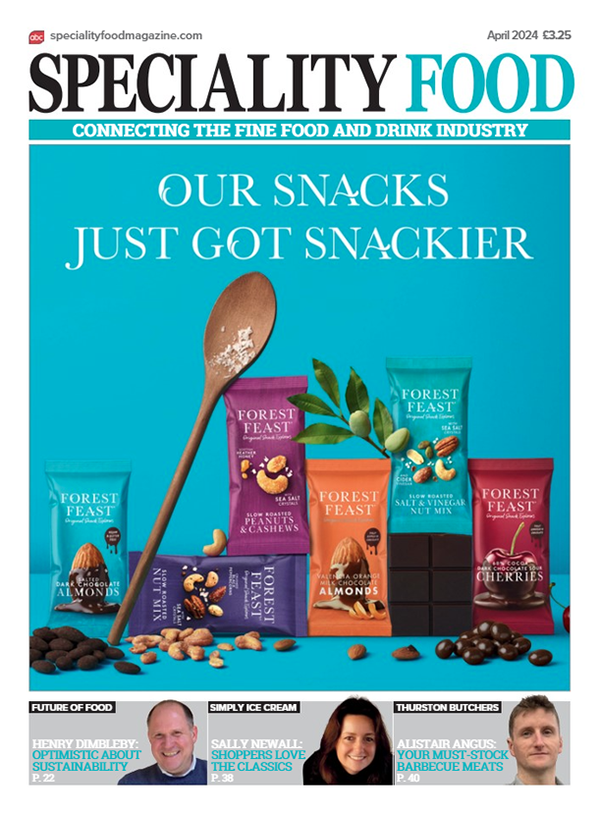“We all scream for ice cream”

- It’s time to go left field rather than safety-first
- “Fashion or for keeps?”
- “New year and new possibilities”
- “What is in a name?”
- “The art of shopping”
If you need cheering up in the slate grey days of the New Year, ice cream is the indulgence to turn to
Granted sales will be higher when the blazing sun is high in the sky and there isn’t a breath of wind, but we are unlikely to get two summers like that in quick succession.
Back in the 1970s my friend James held what may have been the best ever holiday job. He got to drive the ice cream van and press the button that pumped out a loud and strangely tuneless version of Greensleeves. He also got to play with the ice-cream machine – in those days the drivers were given a big tub of liquid base which they ran through the machinery and turned into a succession of 99s. At head office they knew how many cones there should be for each gallon of base and thus how much money should be handed in at the end of the day.
All went swimmingly until a wily old ice cream van man shared his secret. Run the base through as normal but catch the resulting ice cream in a bucket and then run it through again. You end up selling a lot less ice cream base and a lot more air, secure in the knowledge that after head office had taken their money the surplus became your own. Back in those dark days, ice cream’s ingredient list (when there was such a thing) could include whale fat, corn oil and all manner of dodgy ingredients and fillers, while ice cream manufacturers routinely pumped plenty of air into their product before selling it by volume.
Traditionally the Americans sold their ice-creams by weight, but that just meant that the air-swollen British packs looked larger and better value. At the time food writers grizzled about the gulf between “bad” and “good” ice creams, and even went to the lengths of letting pots of ice-cream melt into measuring jugs to show just how little you were actually getting when the air was removed. But notwithstanding the debate, until just before Christmas 2014, ice cream was a bit of a success story.
The Ice Cream Alliance (the industry’s trade organisation) had managed to get some basic principles established – ice cream must contain at least 5% fat and not less than 2.5% milk protein. These are sensible figures for a back stop and represent a bare minimum. Meanwhile, in a joyless office block somewhere in Europe, a gang of bureaucrats were congratulating themselves as they “brought the UK into line” by getting rid of those key percentages. This change shouldn’t make a huge difference to the UK’s better ice-cream makers – they work to their own recipes and there isn’t a whiff off whale fat anywhere – but abandoning the British guidelines means that cheap ‘industrial’ ice creams from all over the EU can be exported to Britain and can be called ice cream even when there is no dairy content. At a stroke, a sensible set of guidelines became so much waste paper.
Thankfully we have all become more discerning when it comes to ice cream, and it is hard to see the British public abandoning the craftsman-made high-spec stuff in favour of a European import that has little to do with the dairy industry. For once the customers can see the difference in quality and will end up choosing a better product over a lower price. It’s just a pity that we only hear from the EU when they are interfering; let’s hear it for Greensleeves!
more from Fine Food
-
“The Joy of Lists”
11 September 2019 Fine FoodSo how was your summer? Time to savour traditional seasonal attractions… Sunny Glastonbury… Cricket’s World Cup. -
“Jellyfish”
02 September 2019 Fine FoodThe thoughtful diner’s watchword is that “you cannot have anything better than exactly what you want.” -
“A pinch of flavour”
18 July 2019 Fine FoodIt’s as if two teams of research scientists have gone to war… firstly there are the white-coated folk who champion new products and try to find the next wonder food, while at the other extreme laboratories start by listing the dire…





